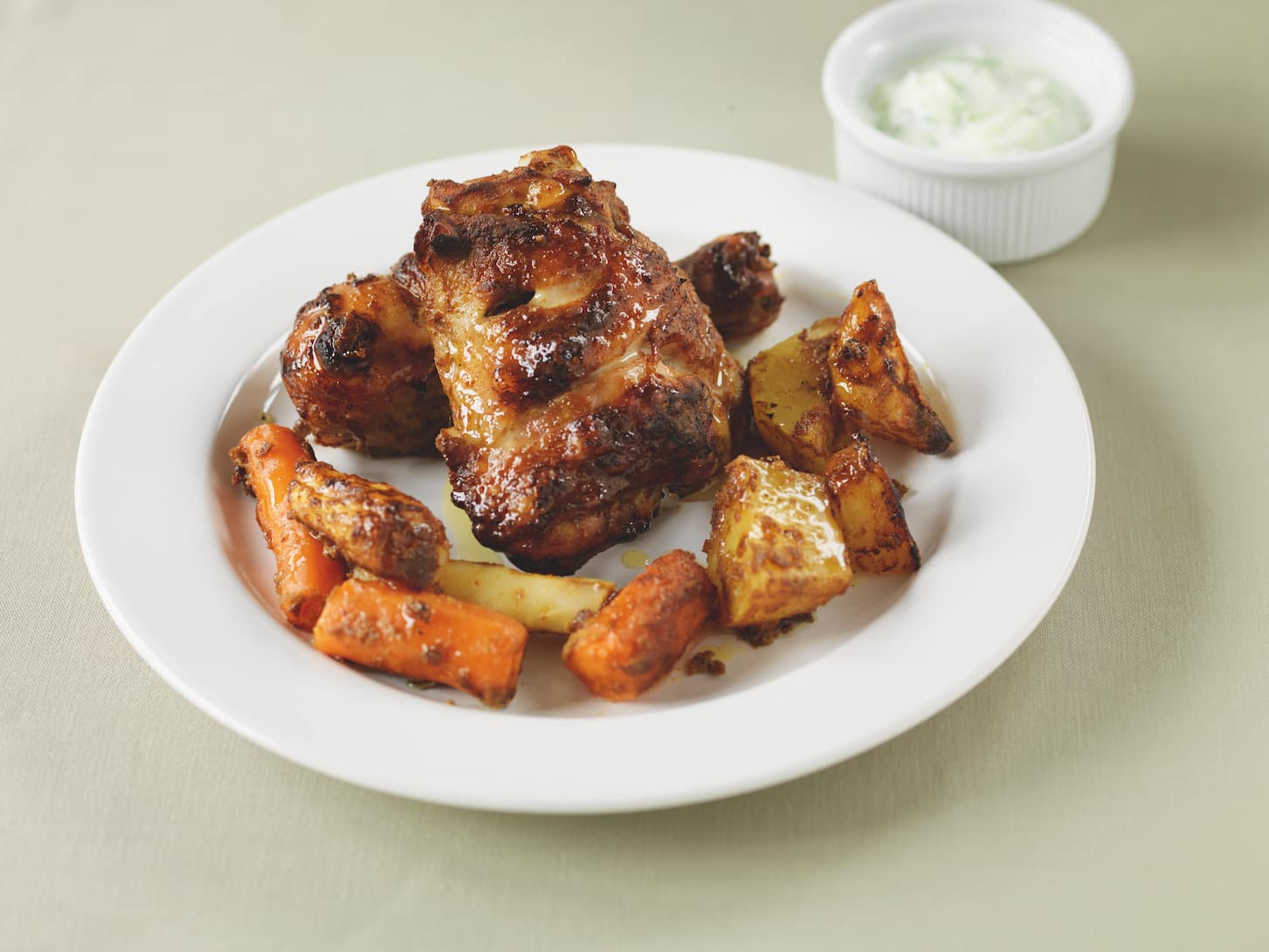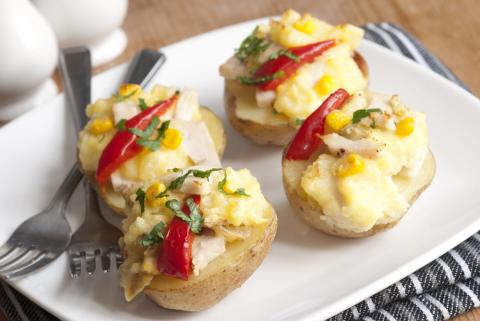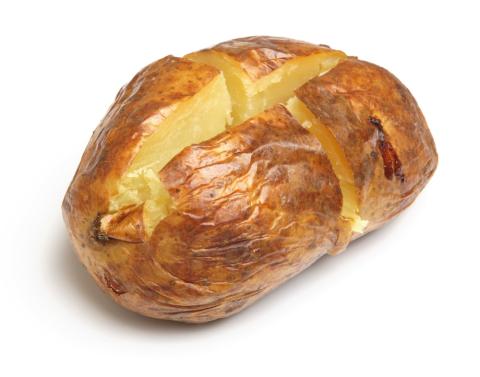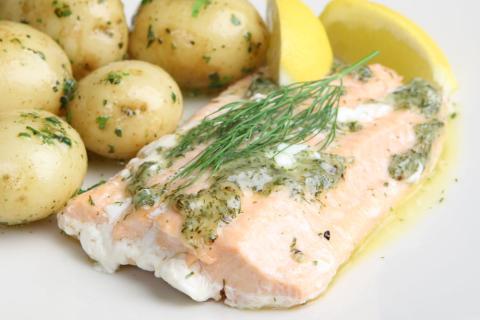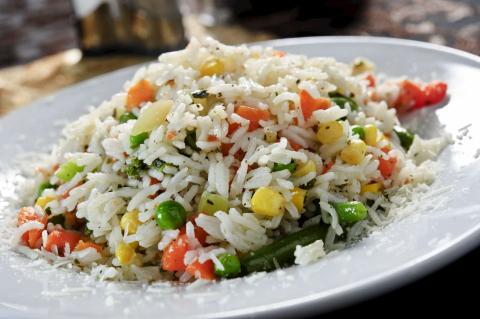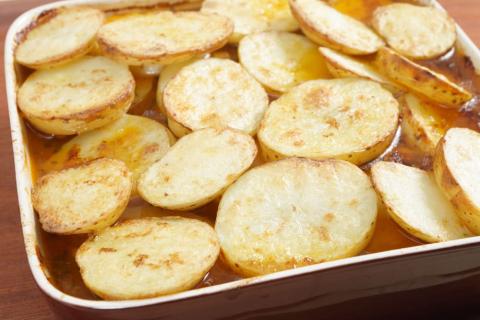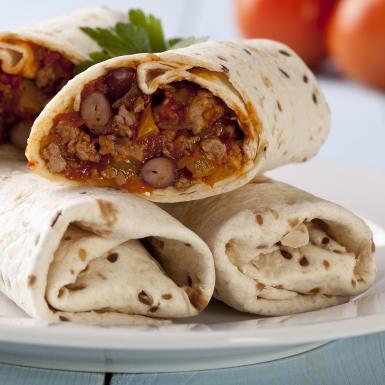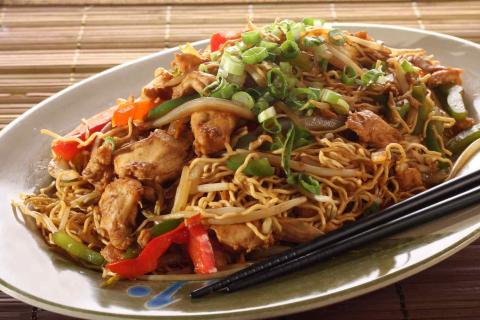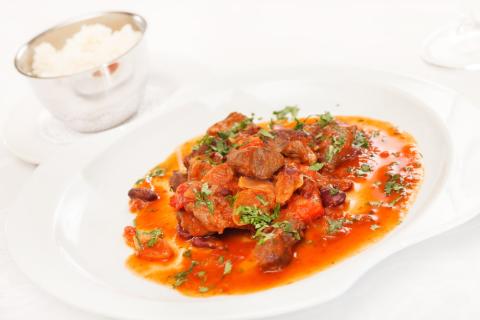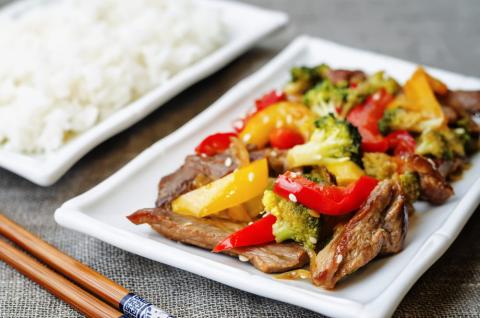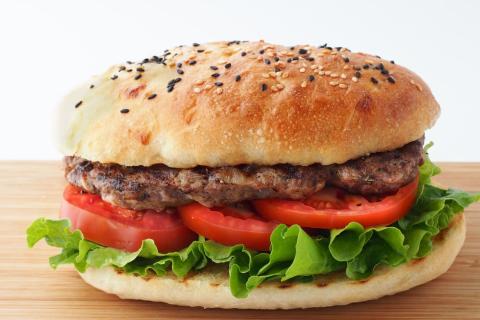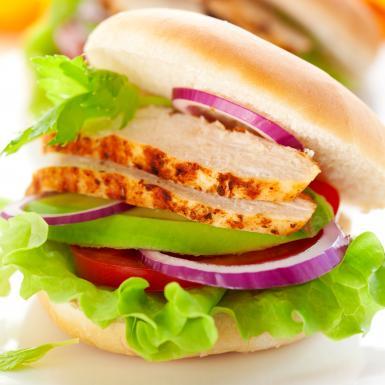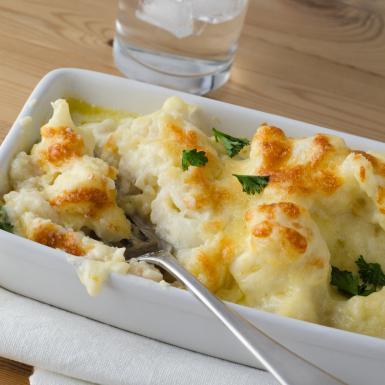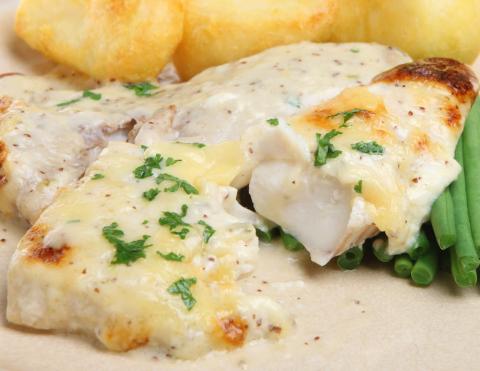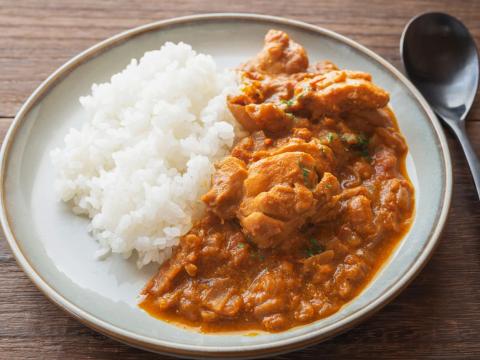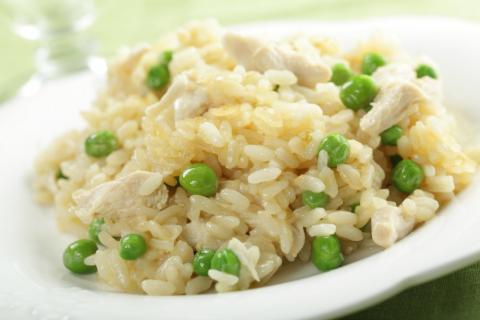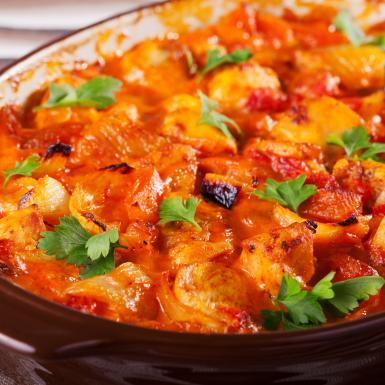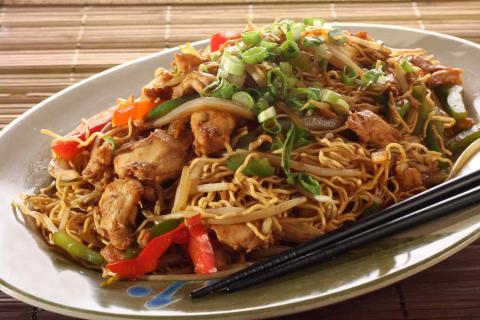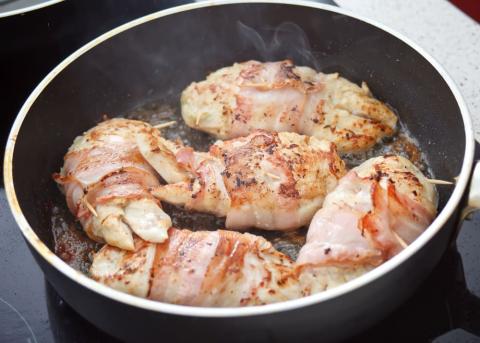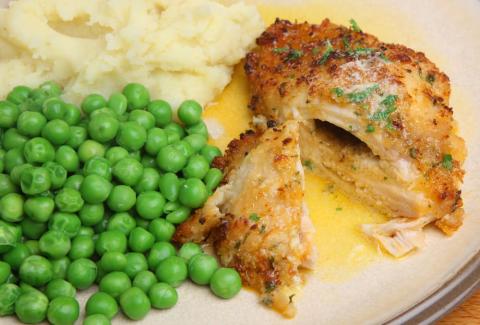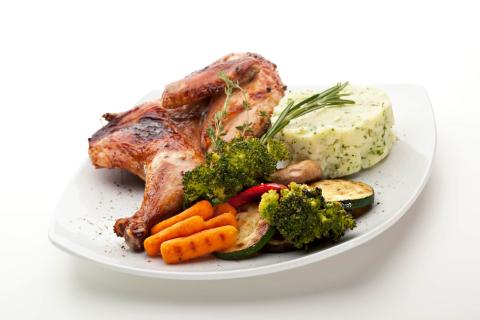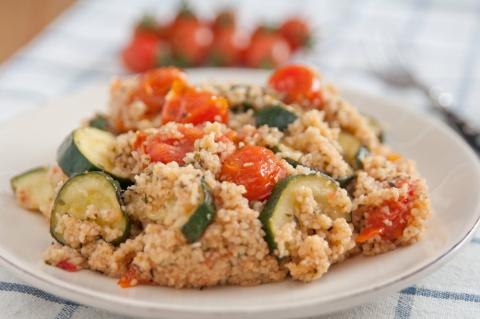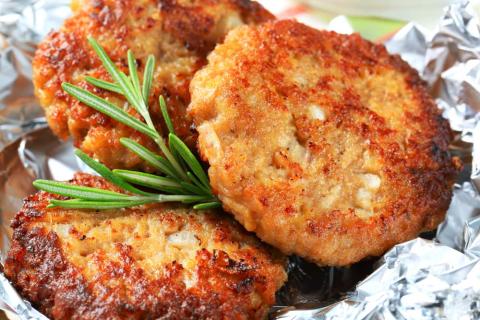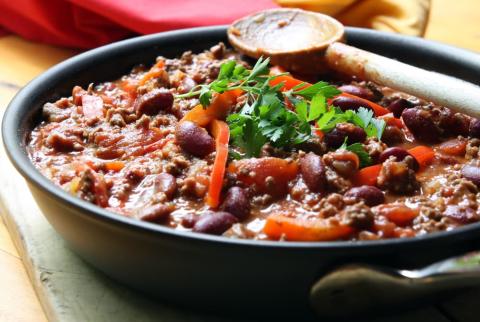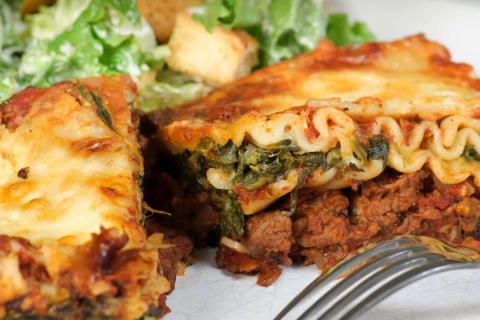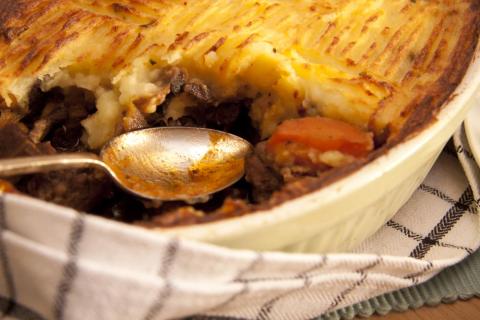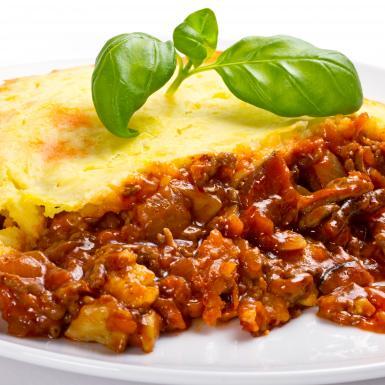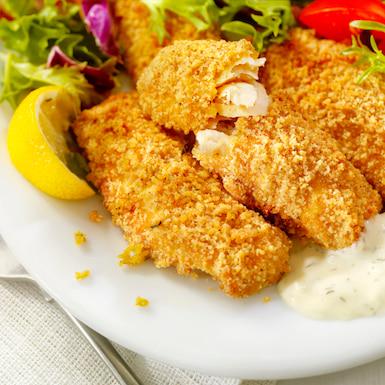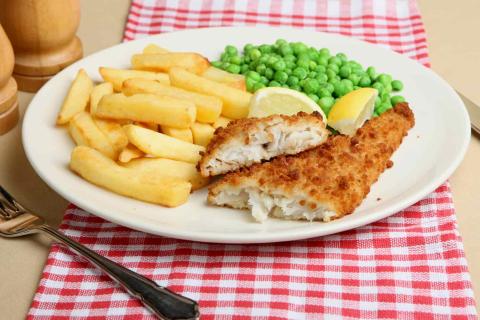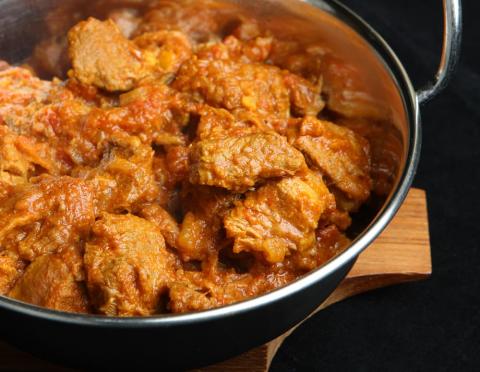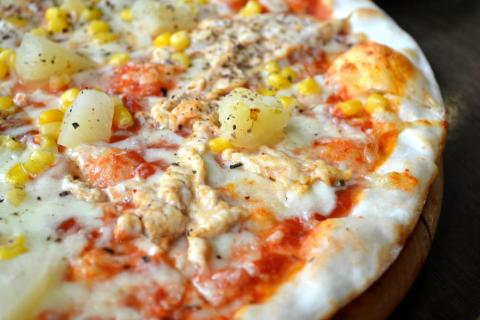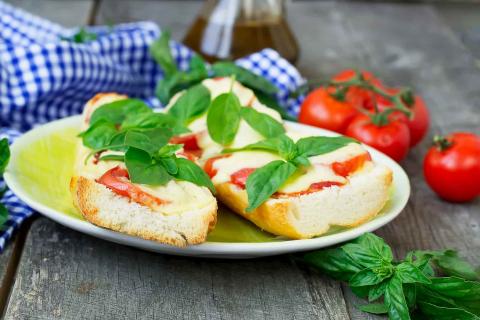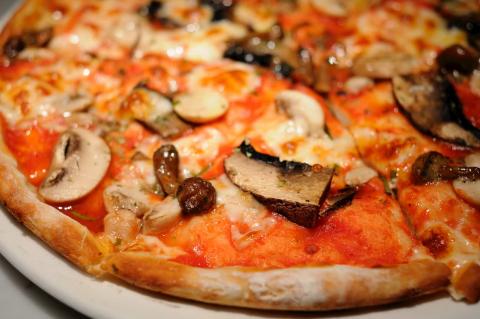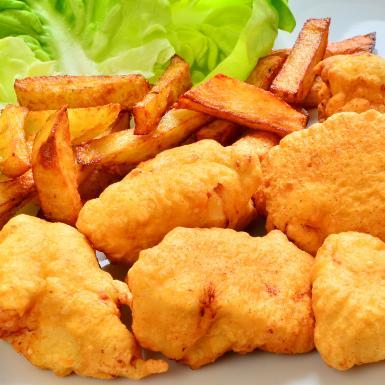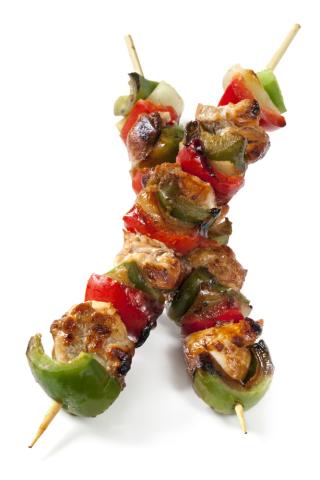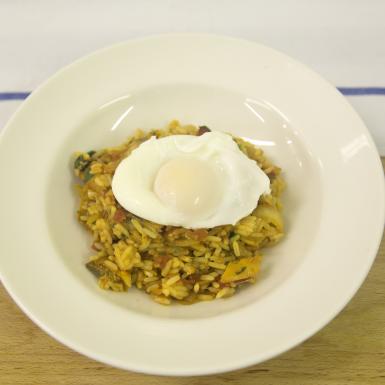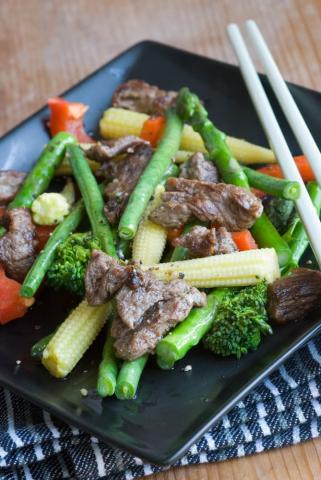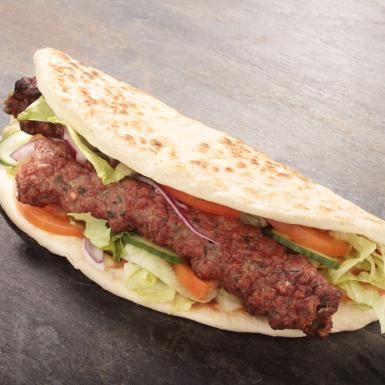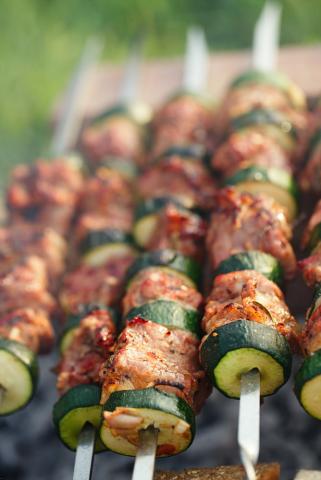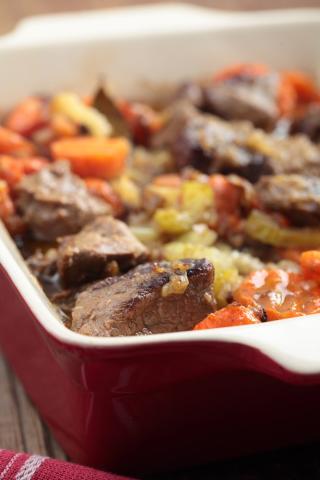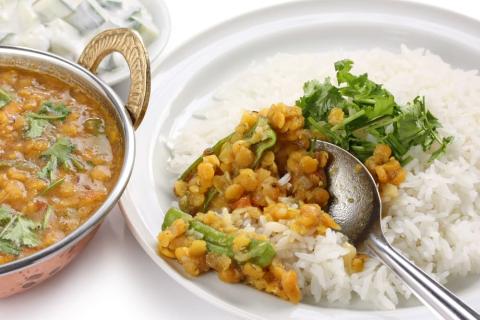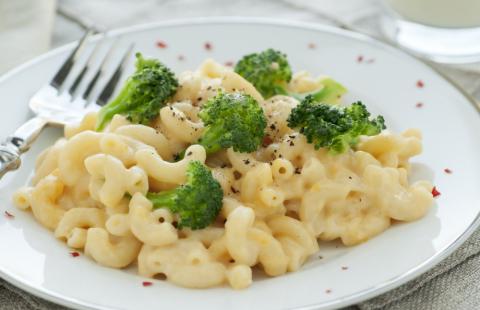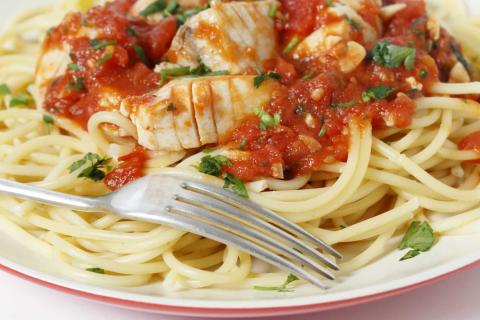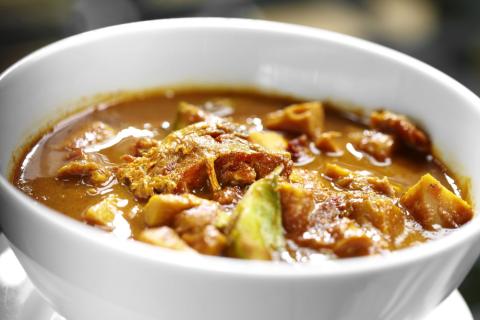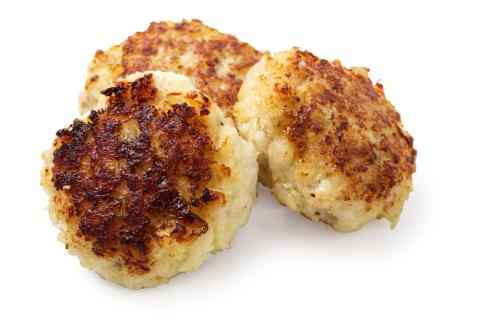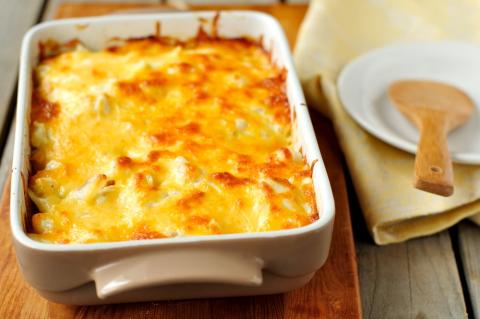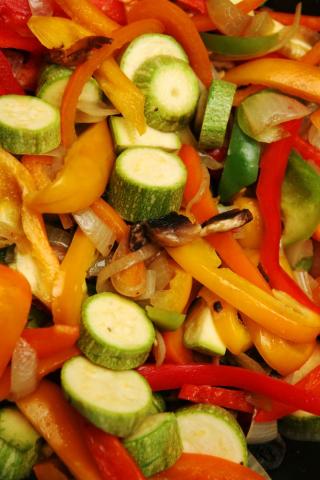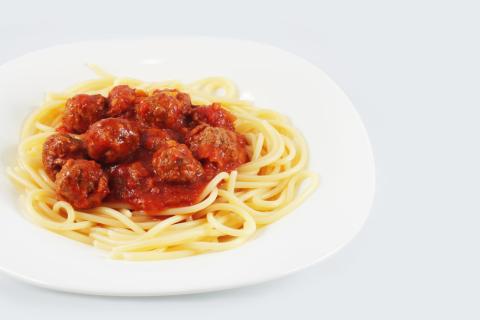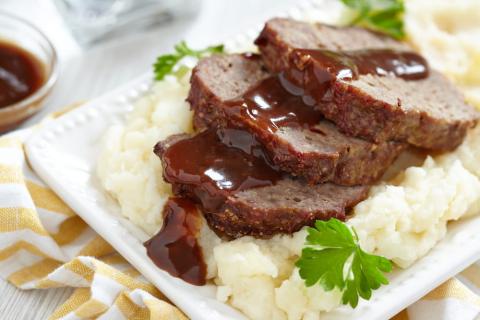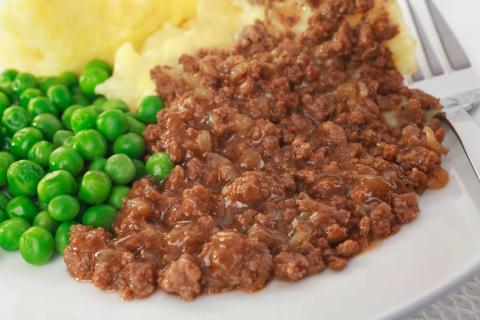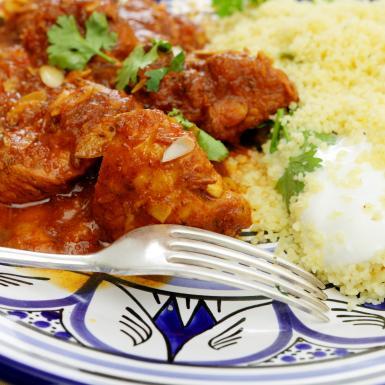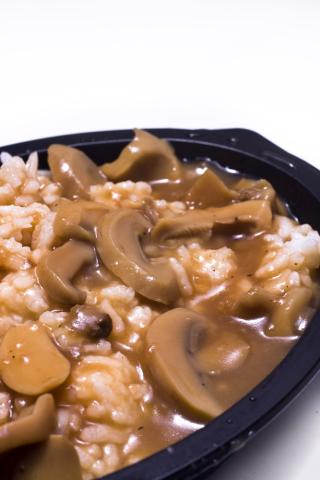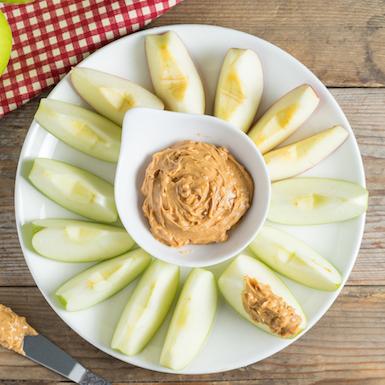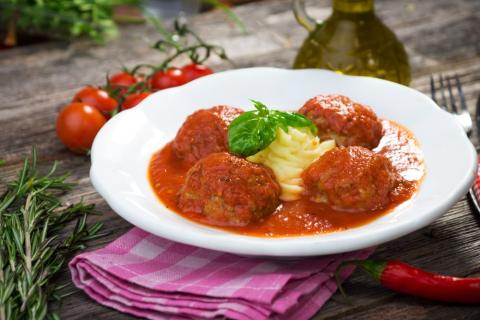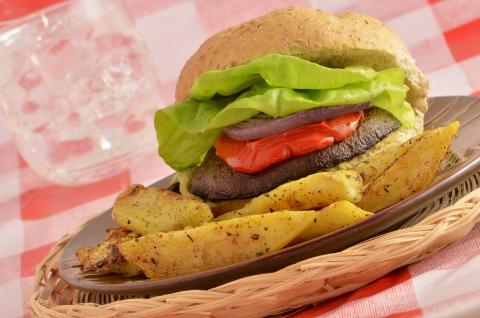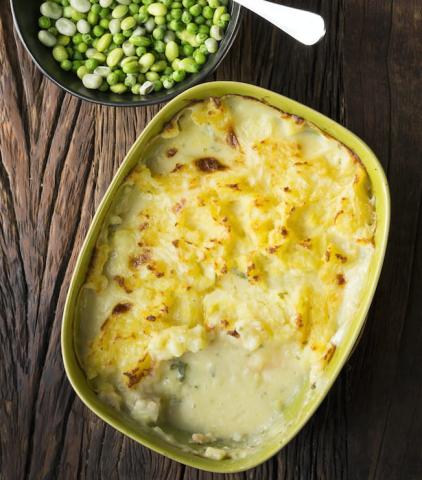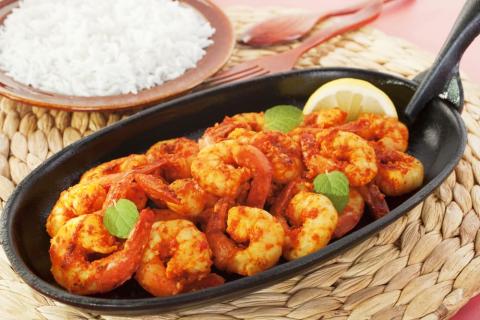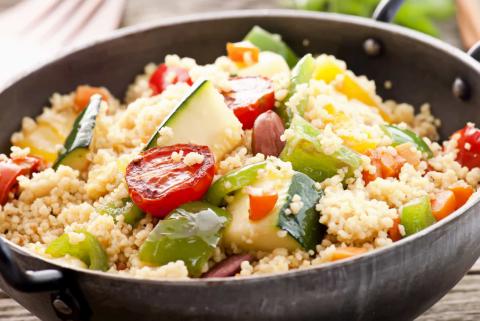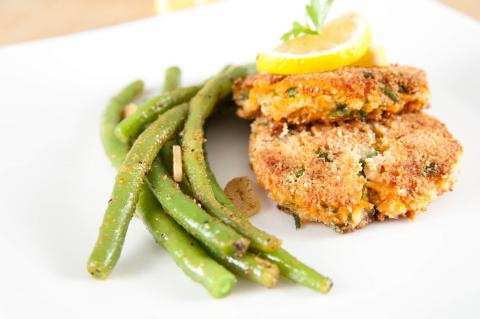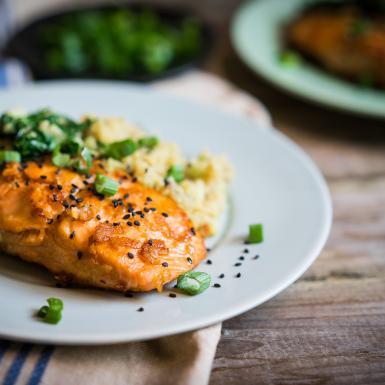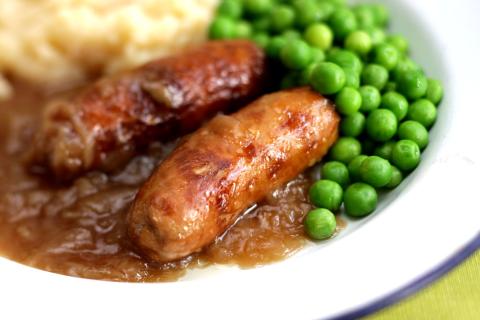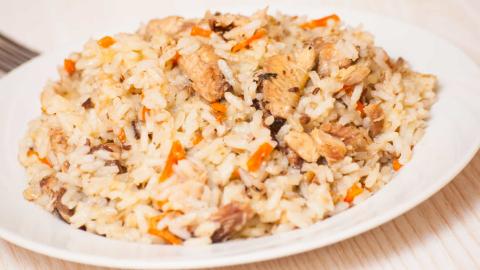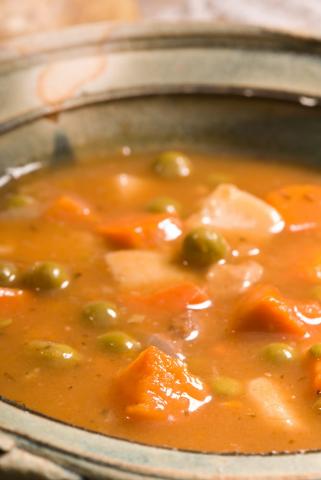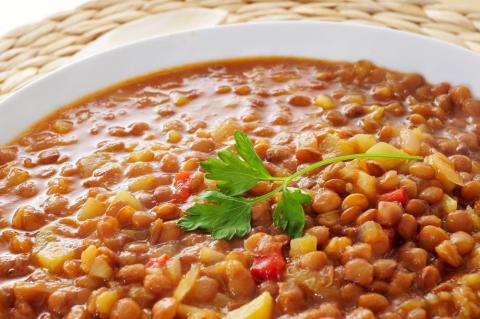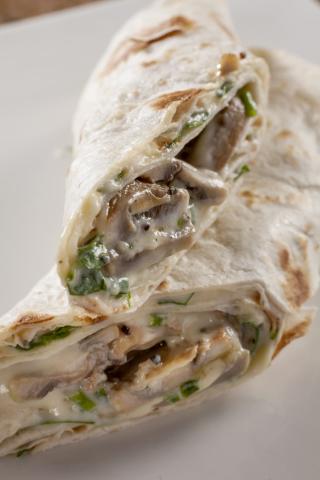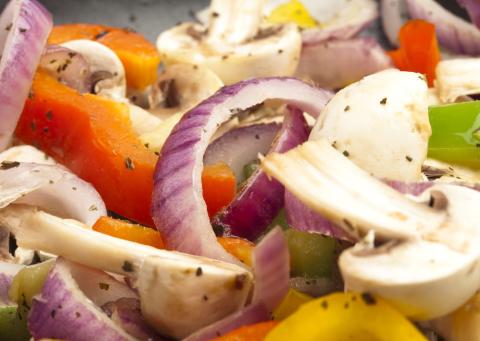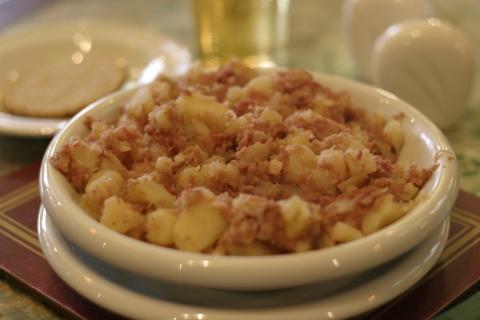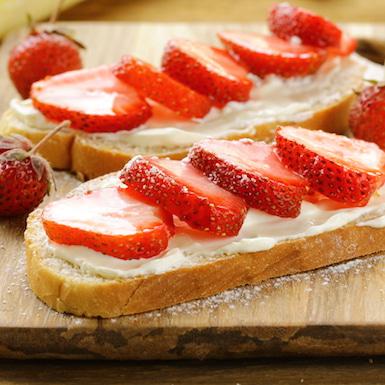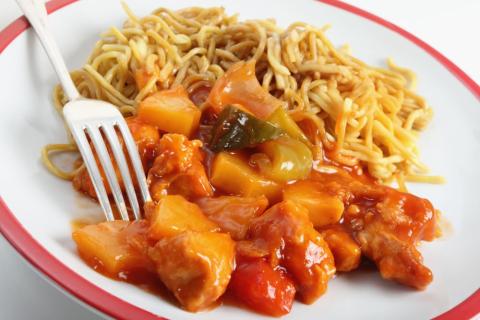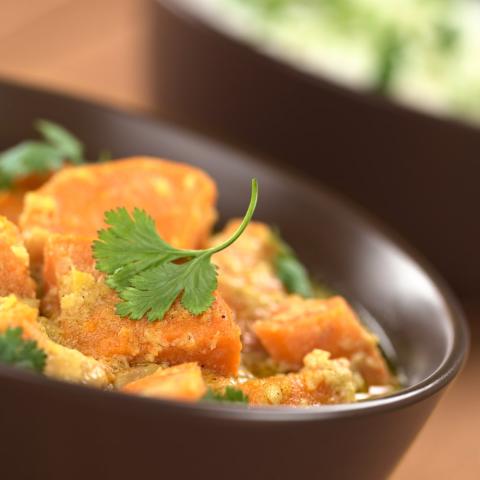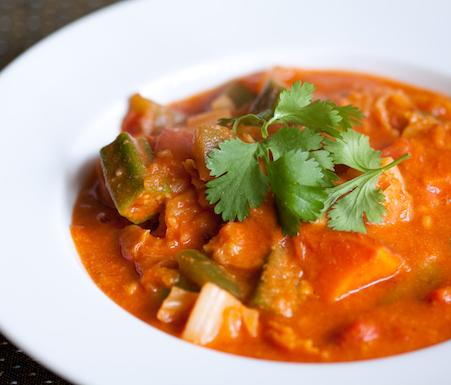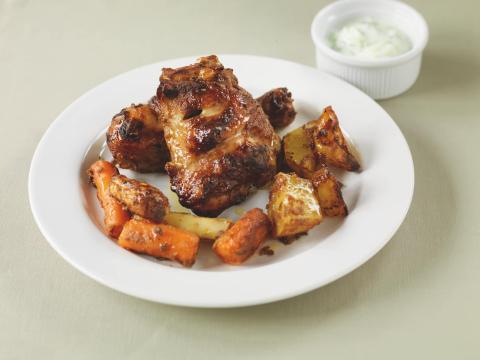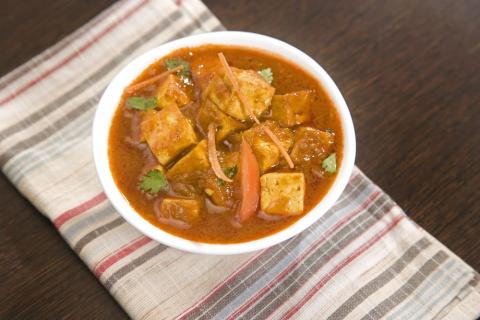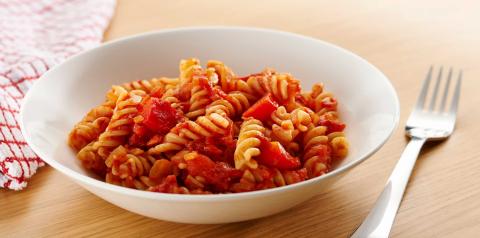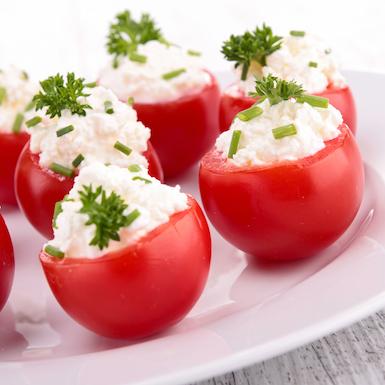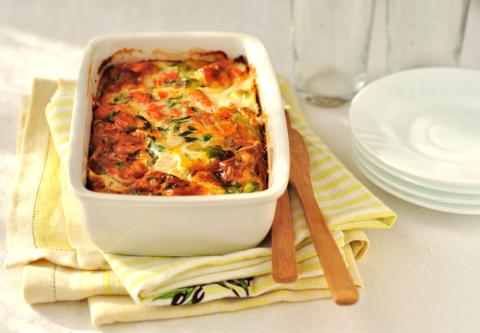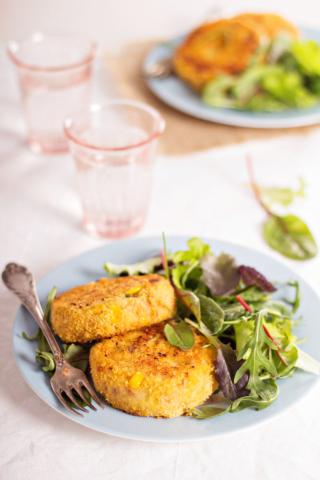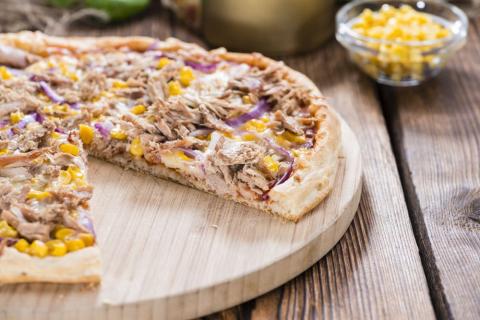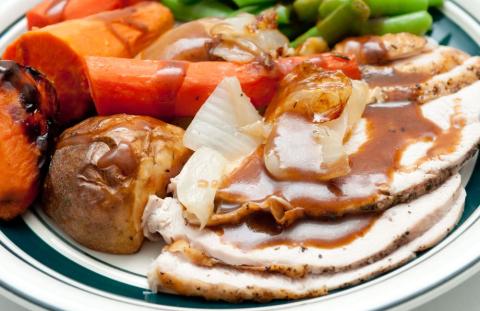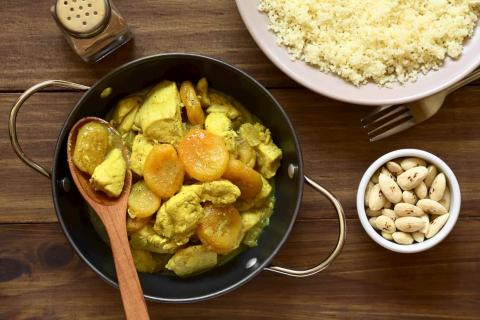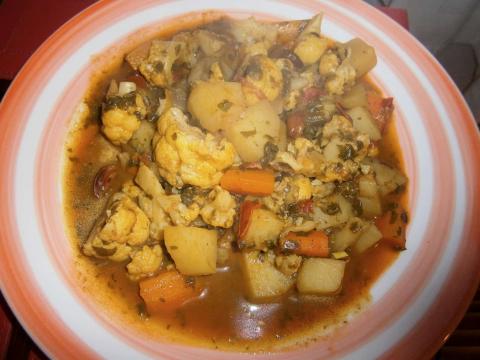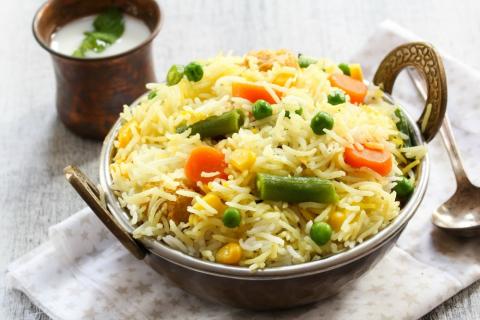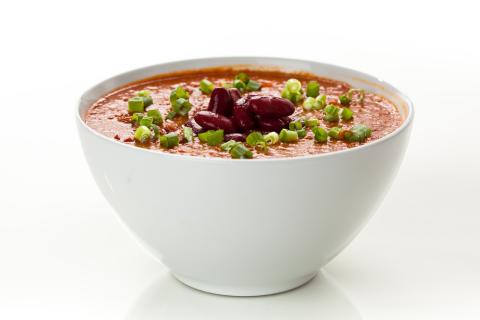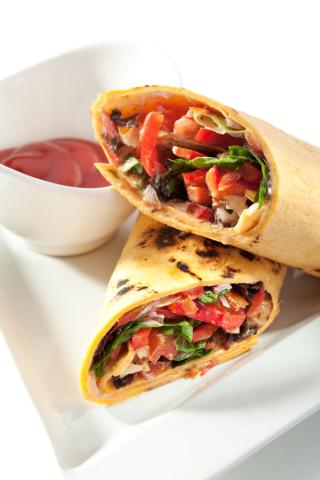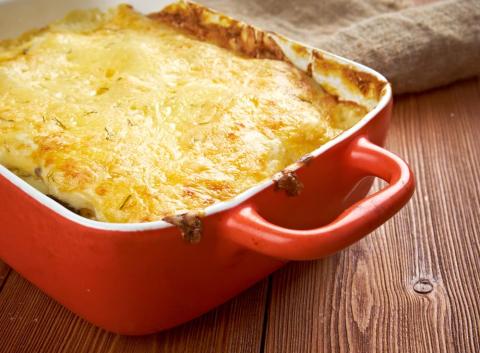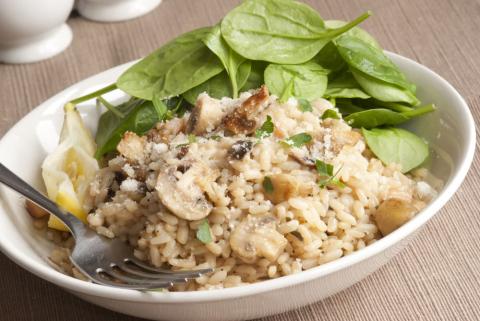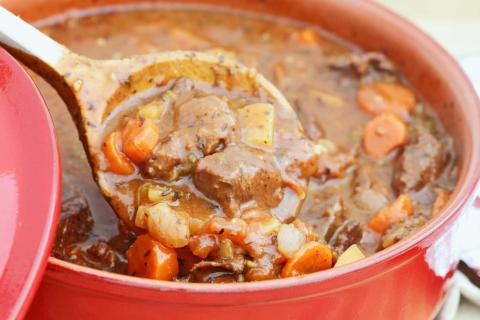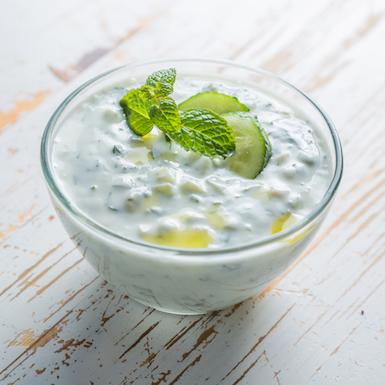- 6 (540g) Chicken Drumsticks
- 6 (450g) Chicken Thighs
- 8 Teaspoons (24g) Curry Powder
- 5 Tablespoons (200g) Low Fat Natural Yoghurt
- 3 medium sized onions (450g) Onions
- 2 medium sized carrots (160g) Carrots
- 1 medium sized parsnip (90g) Parsnip
- 8 medium sized potatoes (480g) Potatoes
- 1 (160g) Red Pepper
Ingredients
Allergy Disclaimer
Always check the label of each ingredient for allergy warnings.
Method
- Preheat the oven to 200°C / 180°C fan oven / 425°F / gas mark 7.
- Using a sharp knife remove the skin from the chicken drumsticks and thighs then put two slashes into each piece of chicken, cutting through to the bone.
- Peel onion and deseed the pepper. Chop all vegetables into chunks. To ensure the vegetables cook at the same time the potatoes and carrots should be smaller chunks compared to the other vegetables. You don't need to peel the potatoes and carrots.
- In a large bowl mix the curry powder and yoghurt together. Add the vegetables and chicken to the bowl and coat everything with the yoghurt.
- On a baking tray evenly arrange all the vegetables and then place the chicken on top.
- Roast in the oven for 15 minutes then mix and turn the chicken pieces over. Continue to roast for a further 10-15 minutes.
- Remove from the oven and mix the vegetables and chicken together before serving.
Time Saver Tips
Buy skinless chicken.
Cost Saver Tips
Can be made with any leftover vegetables. Just remember to cut harder vegetables into smaller pieces than softer ones.
Tips for Kids
Make with their favourite vegetables. They will enjoy coating the vegetables and chicken in yoghurt.
Nutritional Information
Based on a single serving of 470g (% of an adult's reference intake)
Energy
461 kcals ( 23 %)
1,936 kJ ( 23 %)
Fat
3.3 g ( 16 %)
Saturates
40.4 g ( %)
Sugar
16.9 g ( 19 %)
Salt
0.5 g ( 8 %)
Detailed nutritional information
| Per 100g | Per 470g serving | |
|---|---|---|
| Energy Kcals | 98 | 461 |
| Energy Kj | 412 | 1,936 |
| Protein | 10.3 g | 48.4 g |
| Total Fat | g | g |
| Saturated Fat | 0.7 g | 3.3 g |
| Carbohydrates | 8.6 g | 40.4 g |
| Total Sugars | 3.8 g | 16.9 g |
| NSP Fibre | 1.4 g | 6.6 g |
| Sodium | 56 mg | 263 mg |
| Salt | 0.1 g | 0.5 g |
Find out about nutritional labelling
Nutrition labels on the front of packaging
- Most of the big supermarkets and many food manufacturers display nutritional information on the front of pre-packed food.
- Front of pack nutrition labels provide information on the number of grams of fat, saturated fat, sugars and salt and the amount of energy (in kJ and kcal) in a serving or portion of a recipe.
- The labels also include information about reference intakes (expressed as a percentage) which are guidelines about the approximate amount of particular nutrients and energy required for a healthy diet.
- The colour coding tells you at a glance if the food has high (red), medium (amber) or low (green) amounts of fat, saturated fat, sugars and salt.
- The more greens on the label, the healthier the choice
- Amber means neither high nor low, so you can eat foods with all or mostly ambers on the label most of the time.
- Reds on the label means the food is high in that nutrient and these are the foods we should cut down on. Try to eat these foods less often and in small amounts.
Food shopping tips
If you’re trying to decide which product to choose, check to see if there's a nutrition label on the front of the pack. This will help you to quickly assess how your choices stack up. You will often find a mixture of red, amber and green colour coding for the nutrients. So when you're choosing between similar products, try to go for more greens and ambers and fewer reds if you want to make a healthier choice.
 Activities & Play
Activities & Play Behaviour
Behaviour Childcare
Childcare Development & Growing Up
Development & Growing Up Family, Friends & Relationships
Family, Friends & Relationships Feeding Your Baby
Feeding Your Baby Food & Eating
Food & Eating Health & Safety
Health & Safety Mental Health & Wellbeing
Mental Health & Wellbeing Money & Work
Money & Work Online Behaviour & Safety
Online Behaviour & Safety Pregnancy & First Days
Pregnancy & First Days School & Education
School & Education Sleep
Sleep

